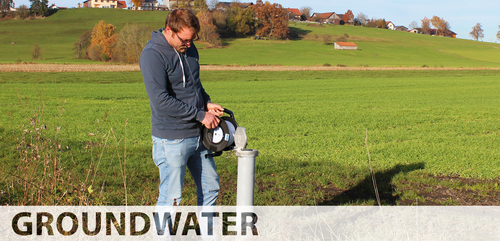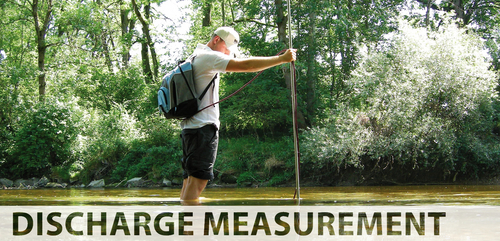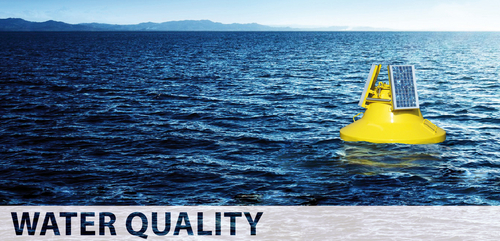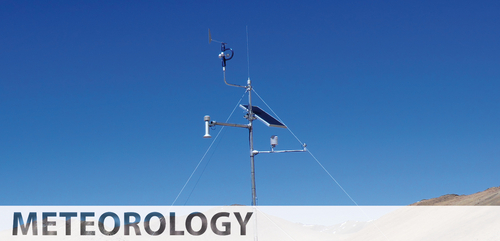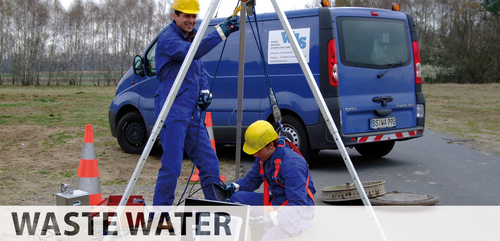Water pressure, why is it measured?
The pressure created by a liquid as a result of its density and the resulting weight force is called gravity pressure and is essentially dependent on the column of liquid above it.
This gravity pressure, can be an indicator for control and monitoring for various applications in different fields.
A short excerpt for various applications can be found below.
Indicator for depth and height: In oceanography, hydrology and geology, water pressure is used as an indicator for depth or height. The deeper you go below the water surface, the greater the water pressure due to the weight of the water above.
Measurement of water content: Pressure can be used to measure the water content or moisture content of soil or materials. This type of measurement is important in agriculture, geotechnical engineering, and environmental science.
Control of processes: In many industrial applications, the pressure in water is measured to control various processes. For example, in water treatment plants, chemical reactions or in the food industry.
Environmental monitoring: Measuring the pressure in water can also be used to collect environmentally relevant data, such as the water level in rivers, lakes or reservoirs. This information is important for managing water resources and predicting floods.
Deep-sea exploration: In deep-sea exploration, pressure measurements are used to study conditions at great depths in the ocean. This can help to understand the behavior of marine animals, chemical processes or geological phenomena.
These are just a few examples of why pressure is measured in water. The exact application depends on the specific goals and needs of the context.
edürfnissen des jeweiligen Kontexts ab.

